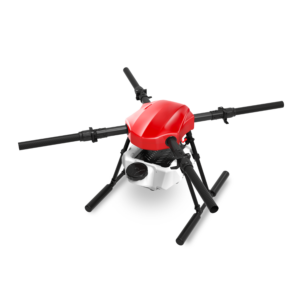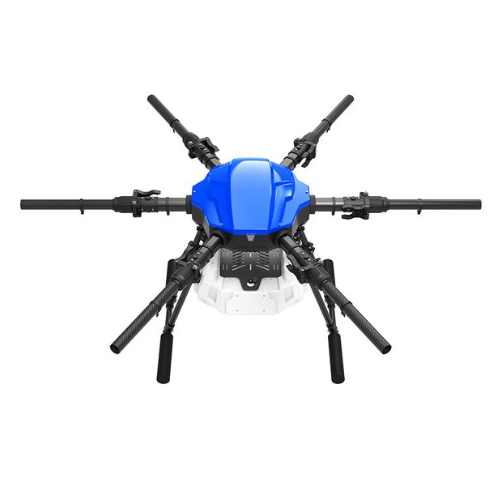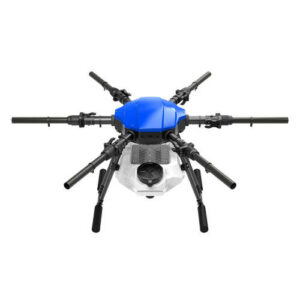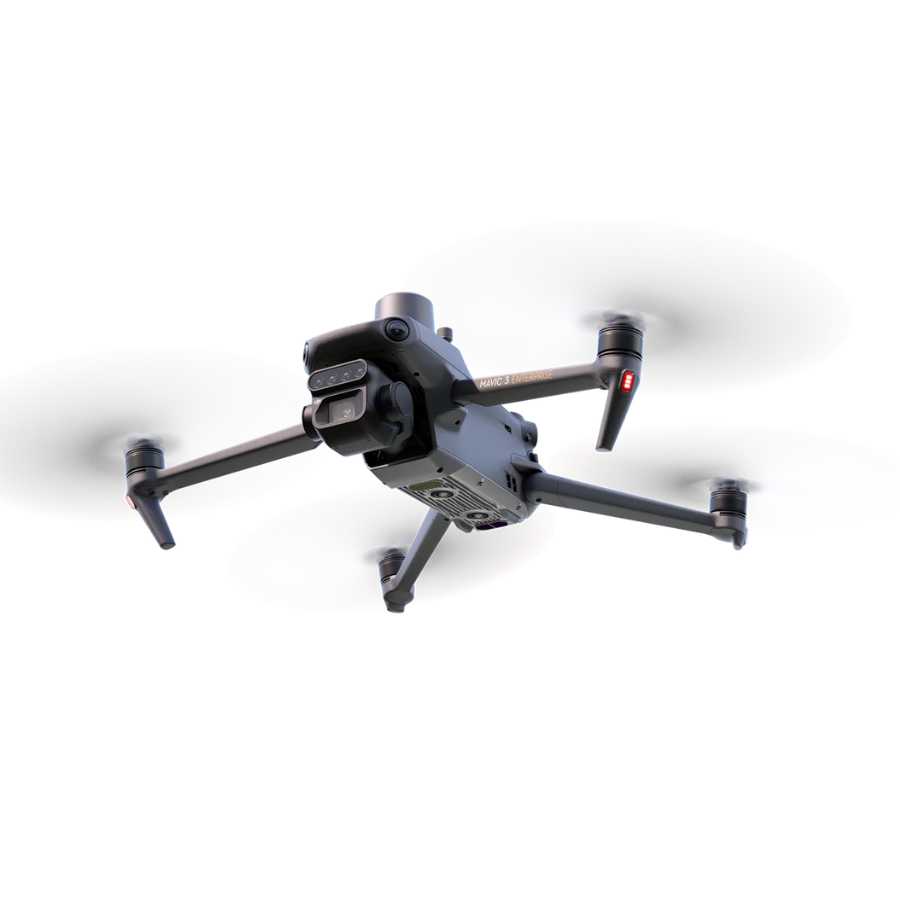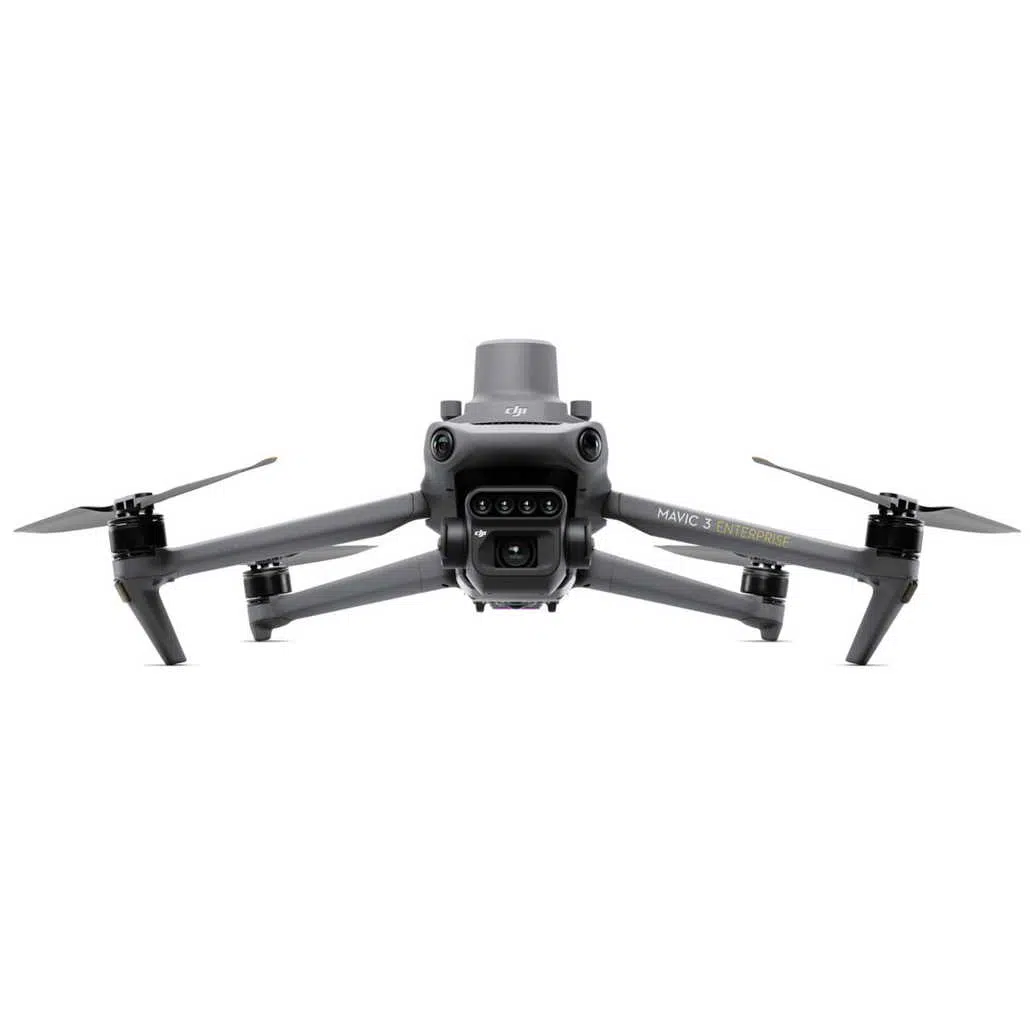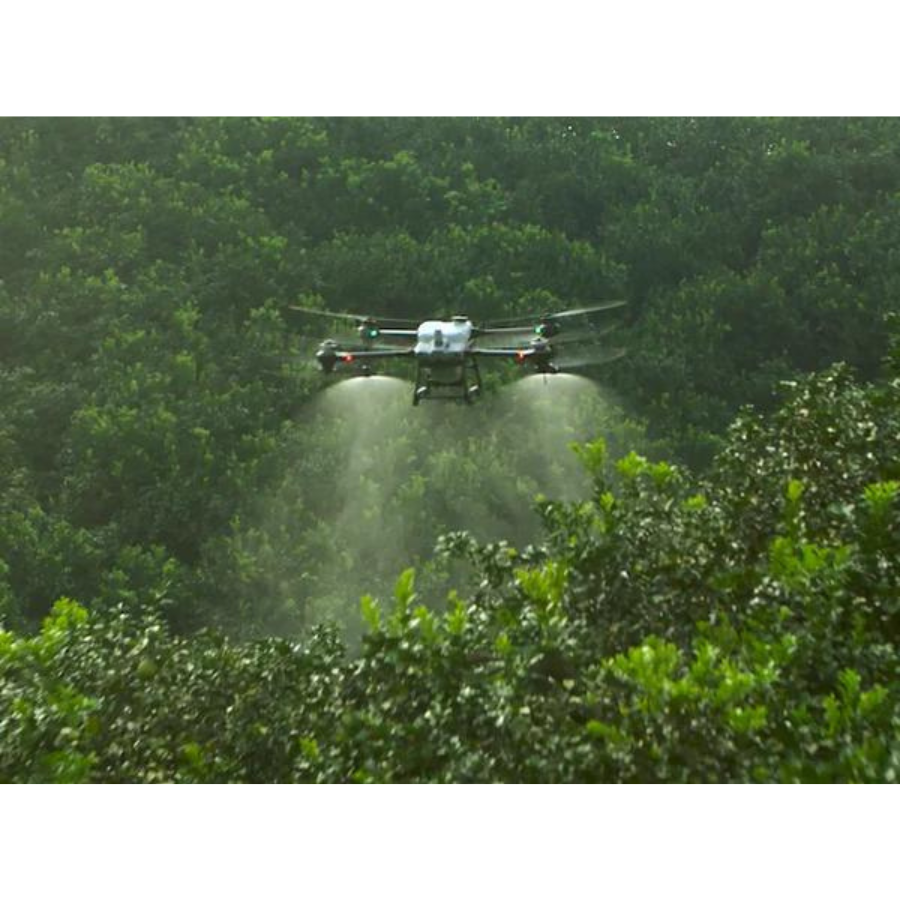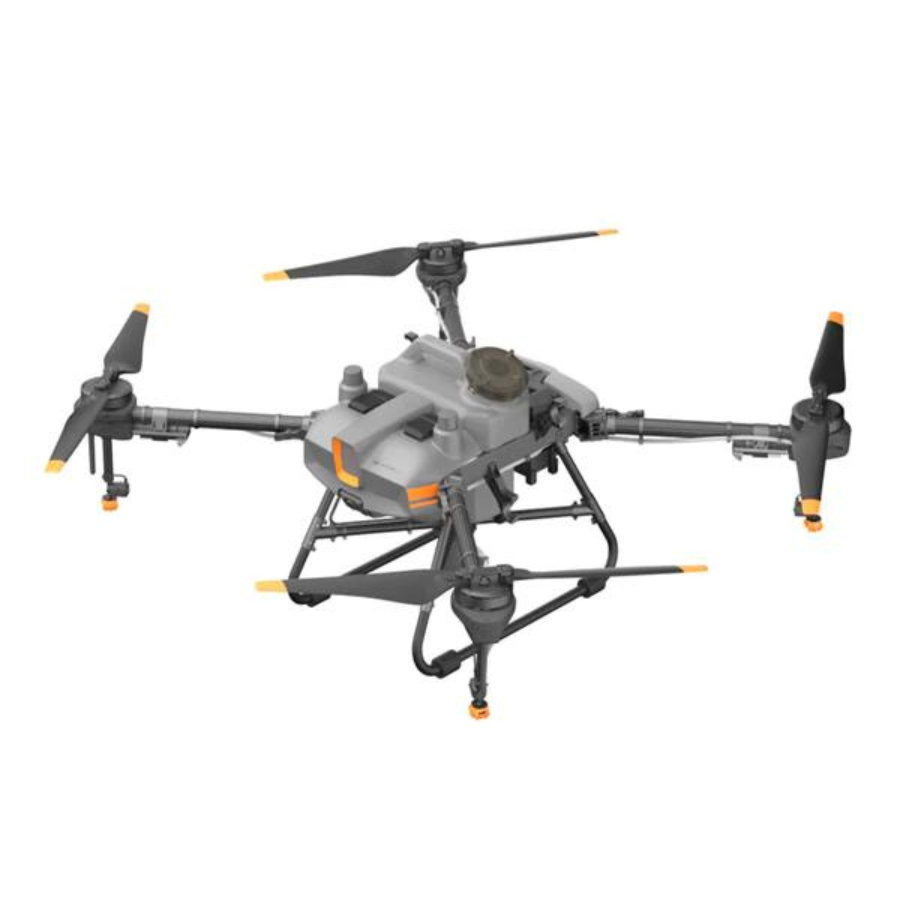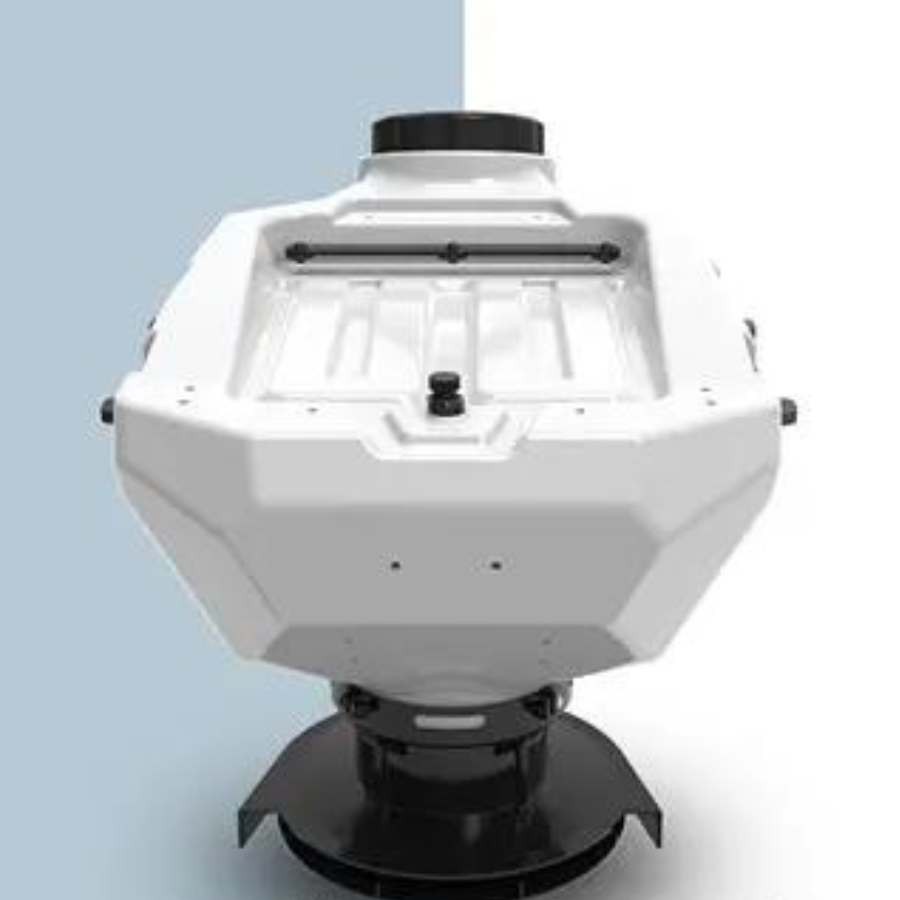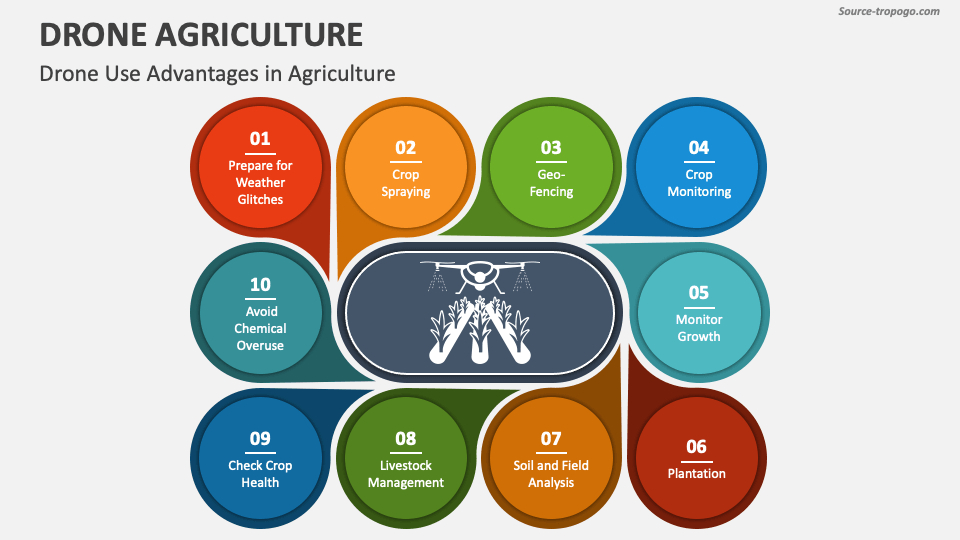Agriculture drones are used for drone farming, UAV crop spraying, and precision agriculture. These agricultural drones are easy to carry and can be used for different purposes. They analyze the field with high-resolution cameras that allow seeing where there is a need for water or fertilizer. Some of these drones have other accessories like a spectrometer that allows checking the level of humidity, and temperature.
Meet the next generation of farming! Introducing Agriculture Drones, high-end tools for modern agriculture. Sending drones instead of personable farmhands means more efficiency and less product waste. You will be able to harvest crops in a fraction of the time it would take before! It’s never been easier to grow food!
With drones, you never have to worry about a crop being lost due to carelessness. Such a loss would be unthinkable as this product could provide the answer for any lack of agriculture in communities around the world.
Looking out over your crops with a feeling of serenity is one of the most satisfying feelings. Now, thanks to Agricultural Drones, even more tasks pass without incident because you can oversee every inch of that land from up above. These amazing droids traverse fields in the search for pests and problems that need solving before they cause any damage.
How does this agriculture drone benefit me with Price?
These modern marvels are used with nitrosaves, mapping software, and data extraction tools that will help global farming become more efficient than ever before. With these drone products your desire for food can come true and thanks to technologies like them it’ll get here much faster than if you were relying on human carriers.
Xboom has the latest in agricultural drones. The agriculture drone helps with monitoring, analyzing, and surveillance of crops, soil, and other farmlands. Get a free quote today! and know more about agriculture drone price in India
Order Online Now at xboom For the best agriculture drone price and get 10% Off.
Hexacopter | Quadcopter
Agri Drones
An easier substitute to the manual pesticide and fertilizer spraying for fields is the Agri-Drones brought to you by Xboom Utilities.
Pesticides are just chemicals, so it is advisable to limit human contact with them while spraying them across the fields. Hence, the Agri-drones come as a perfect auxiliary for it. The process of spraying becomes much faster and easier than done manually.
The Agri Drones are planned and assembled like independent robotic systems for the agricultural and related areas. These drones incorporate all that you require for flying self-autonomously and planning your farmland.
The Agri Drones- Quadcopter and Hexacopter have been intended to be a long-range multi-copter, which fuses simple landing and take-off qualities without losing range. This particularly suits it to farmland and plantations, where the arrival region can be excessively restricting for a drone. No radio-controlled flying experience is required for the drone, the drone is dispatched by raising the choke till it takes off, from there on a solitary switch is turned to actuate the independent mode. The drone flies its pre-arranged mission, returns, and grounds itself.
The Agri Drones engage agribusiness experts with powerful equipment and intelligent solutions that save time and increment work process, profiting a wide scope of clients from ranchers and cultivators to farming collaboration and administration organizations.
Both of the drones are equipped with RGB sensors and multispectral sensors that can precisely identify and treat problematic areas.
Their hovering time is around 13 minutes with the load. They have ATT, Spray work mode and GPS flight modes. These drones have a water tank capacity of 10 litres, which completes the process of spraying in an area of 2 acres with an optimal temperature between 0° to 50° Celsius.
The solutions give progressive, useful, canny, and field management for grain yields like rice, wheat, and corn. This enables farming operators with more helpful and proficient choices, reduces costs, improves crop quality, and increases yield rate.
The drone has an inbuilt Lipo battery of 16000 MAH and 6 inbuilt motors of 180KV power each. The height at which the Quadcopter does the drone spraying is 1.2 meter to 4 meters.
You can shop for your Agri-drones here, at Xboom Utilities. There are mainly 2 types of Agri Drones-
- Agriculture Drone 16L V2 with Terrain Follow and Autonomous Obstacle Avoidance –
More specifications:
- Measurement (W/O Propeller) – 570x570x500 mm
- Maximum take-off Weight – 25 Kg
- Control Radius – 900 m
- Spray Speed – 3 to 9 m
- Maximum Flight Height – 50 m
- Hovering Time (no load) – 16 to 20 minutes
- Spraying time (load) – 11 to 13 minutes
- Spraying Width – 3 to 4 m
- Spraying Height – 1.2 to 4 m
- Flow Rate of Nozzle – 1.2 to 1.3L/S (adjustable)
- Motor – 180 KV (Six)
- 16 L (https://xboom.in/shop/xboom/vflyx-customized-drone-16-l-agricultural-drone-basic-model/)
- Measurement (W/O Propeller) – 948*848*500 mm
- Maximum takeoff Weight – 28 Kg
- Control Radius – 1200 meters
- Spray Speed – 3 to 9 meters
- Maximum Flight Height – 50 m
- Hovering Time (no load) – 16 to 20 minutes
- Spraying time (load) – 11 to 13 minutes
- Spraying Width – 3 to 4 m
- Spraying Speed Range – 3 to 8 meters
- Spraying Height – 1.2 to 4 m
- Flow Rate of Nozzle – 1.2 to 1.3L/S (adjustable)
- Motor – 180 KV (Six)
- Water Tank – 10 Liters
- LiPo Battery – 16000 mAH
- Wheel Base – 1400 mm




